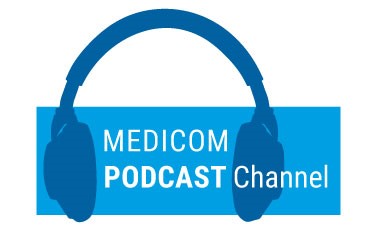"Differences in mechanisms identified in patients with active compared with inactive cancer may result in different secondary stroke prevention strategies in individual patients," researchers write in the Journal of the American Heart Association.
Dr. Muneaki Kikuno of the Juntendo University School of Medicine in Tokyo and colleagues examined the CHALLENGE ESUS/CS registry that includes data of consecutive patients in eight hospitals in Japan who were diagnosed with cryptogenic stroke and undergoing transesophageal echocardiography over almost three years.
The patients enrolled in the study averaged 69 years of age overall, and they were divided into three groups based on their cancer status: 41 (6%) patients with active cancer, 51 (8%) with inactive cancer, and 585 (86%) without a history of cancer.
On multinomial logistic regression, infarctions in multiple vascular territories (odds ratio, 2.73) and C-reactive protein (OR, 1.10) were independently linked with active cancer, while age (OR, 1.05), contralateral carotid stenosis from the index stroke lesion (OR, 4.05), aortic-valve calcification (OR, 2.10), and complicated aortic-arch lesion (OR, 2.13) were significantly linked with inactive cancer.
"All patients who underwent TEE (transesophageal echocardiography) had genuinely diverse embolic sources," the authors write. "Patients with comorbid active cancer had more infarctions in multiple vascular territories, whereas patients with a history of inactive cancer had more atherosclerotic embolic sources potentially causing arteriogenic strokes."
The caution that the study is limited by its retrospective design, interpretations of medical records that varied by institution, limited information about the cancers and their treatments, and the short follow-up period that was limited to the acute stage of hospitalization, among other things.
Still, the findings have clinical implications, they write. "Infarctions in multiple vascular territories of patients with active cancer might suggest the coexistence of intravascular coagulopathy regarded as Trousseau syndrome. Meanwhile, atherosclerosis of patients with inactive cancer could be partly related to antineoplastic treatment, such as chemotherapy and radiation."
The research team plans to gather longer-term follow-up data from the registry.
SOURCE: https://bit.ly/31yH9FN Journal of the American Heart Association, online October 23, 2021.
By Reuters Staff
Posted on
Previous Article
« Add-on chlorthalidone lowers blood pressure in advanced chronic kidney disease Next Article
Increased risk of cerebral venous thrombosis in COVID-19 »
« Add-on chlorthalidone lowers blood pressure in advanced chronic kidney disease Next Article
Increased risk of cerebral venous thrombosis in COVID-19 »
Related Articles
September 9, 2020
Early edoxaban may be safe after cardioembolic stroke

September 15, 2022
ESC 2022 Highlights Podcast
© 2024 Medicom Medical Publishers. All rights reserved. Terms and Conditions | Privacy Policy
HEAD OFFICE
Laarderhoogtweg 25
1101 EB Amsterdam
The Netherlands
T: +31 85 4012 560
E: publishers@medicom-publishers.com

